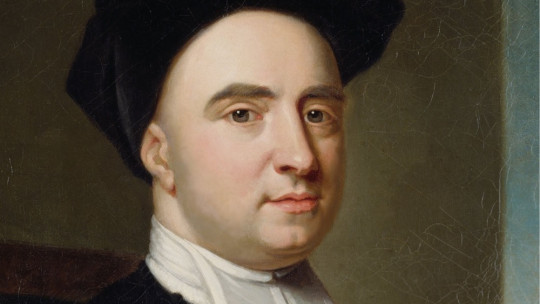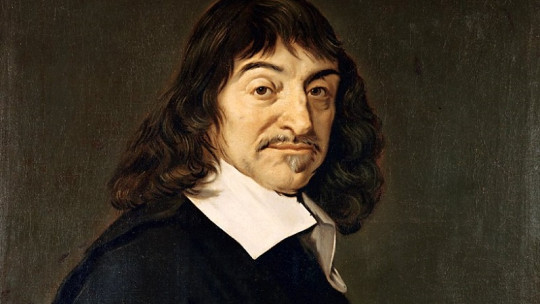When reflecting on what the mind is, it is very easy to start from the starting point of consciousness. We can doubt many things, but as the philosopher Descartes established, there is no doubt that we exist, at least as a self-conscious mind. Everything else, including what our personality and behavior patterns are, seems more uncertain.
This approach is solipsistic, that is, it starts from the starting point of each person’s conscious “I” and questions everything that is not that. One of the most radical thinkers when it came to taking solipsism to its ultimate consequences was the Englishman George Berkeley. In the following lines I will explain How George Berkeley saw the world through his idealist theory
Who was George Berkeley?
The philosopher George Berkeley was born in Ireland, specifically in a town called Kilkenny, in the year 1685. After studying first at Kilkeny College and then at Trinity College in Dublin, he became an Anglican priest and began to dedicate himself to studying and writing essays.
In 1710 he wrote his first important work, the Treatise on the principles of human understandingand three years later, Three dialogues between Hylas and Philonus. In them he expressed a way of thinking deeply influenced by idealism, as we will see.
In 1714, after having written his main works, he moved to London and traveled occasionally through Europe. He later moved to Rhode Island with his wife with the goal of creating a seminary. This project failed due to lack of funds, which made him return to London, and later to Dublin, place where he was named Bishop a few years later There he lived the rest of his years until his death in 1753.
George Berkeley’s idealist theory
The main aspects of George Berkeley’s philosophical theory are the following:
1. Strong idealism
Berkeley started from the presupposition that the essential thing is to analyze everything from the point of view of ideas, the immaterial. So that, He was concerned with studying logical and formal systems , and his thinking focused on working with concepts, beyond empirical observations. This was relatively common in his time, given that the influence of medieval scholastic philosophy, which was dedicated to justifying the existence of God through reflection, was still noticeable in Europe. However, as we will see, Berkeley took his idealism to its ultimate consequences.
2. Monism
As we have seen, George Berkeley was essentially concerned with ideas, which he equated with the spiritual. However, unlike other idealists, he was not a dualist, in the sense that he did not believe that reality was composed of two fundamental elements such as matter and spiritual He was a monist in a sense in which virtually no one had been: he only believed in the existence of the spiritual.
3. Extreme solipsism
From the combination of the two previous characteristics, this third arises. Berkeley believed that, in reality, everything we think and perceive is part of the same thing: the spiritual. In his Christian conception of things, everything that surrounds us is the spiritual substance created by the Christian god so that we can live in it. This has as its implication the following, most striking characteristic of George Berkeley’s theory.
4. Relativism
For Berkeley, when we see a mountain that seems tiny on the horizon, it really is tiny, and it will transform as we get closer to it. When we see the oar bending when submerged in the water, the oar is really bending. If it seems to us that a sound comes muffled through the wood of a door, that sound is really like that, not because it has passed through any material element.
Everything we perceive is really just as we perceive it , since everything is spirit, there is nothing in it that must follow fixed rules. What happens is spiritual substance transforming before our eyes by the will of the Christian god. In turn, he believed that what exists is what is perceived, so everything that is not, disappears, literally and in every sense.
In conclusion
Although it was not his intention, George Berkeley’s philosophy shows us to what extent we can fall into absurdities if we only focus on our own ideas, If we reject the possibility that a material reality exists out there
This is something you can fall into regardless of whether you believe in a religion or not. It is, basically, an extreme relativism that we sometimes use in some contexts and situations, but if we continued in any situation it would lead us to fall into absurdity.









